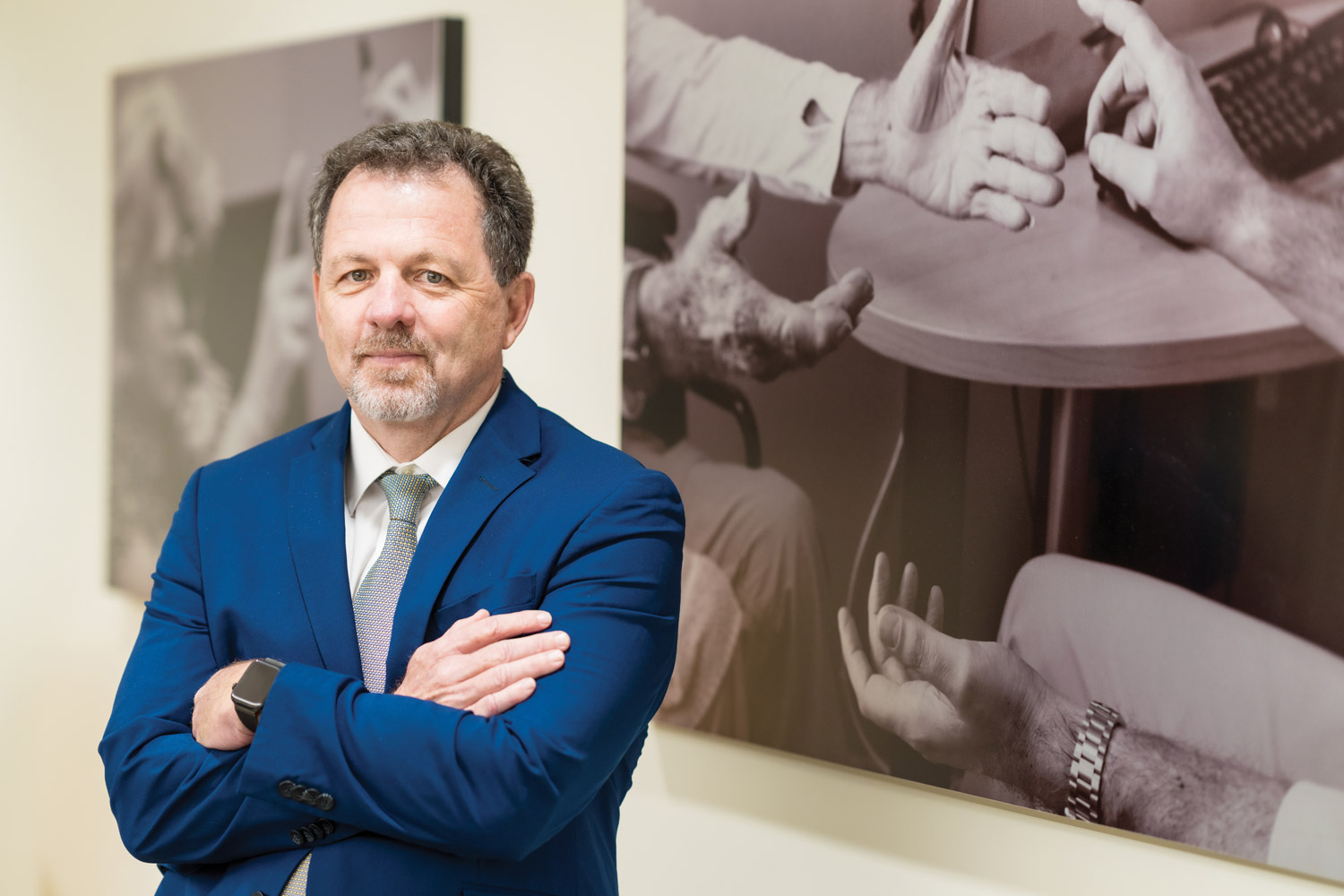*This is part of UF Explore magazine’s CSI: Alzheimer’s. Click here to read the full story or listen above.
Click here to read Part 2: Beyond Amyloid and Tau.
By Michelle Koidin Jaffee
To better understand why some people get Alzheimer’s disease, Glenn Smith and Steve Anton are studying those who manage to avoid it.
The two clinical psychology researchers are co-principal investigators of the “Over 90 Study,” which examines those who have remained cognitively healthy, despite in some cases having a genetic predisposition for Alzheimer’s.
The hope is that by revealing the secrets of so-called “superagers,” researchers can learn how to prevent Alzheimer’s in others.
“Ten to 15% of people who die with Alzheimer’s disease changes in their brain never developed dementia,” Smith says. “So how did they escape the cognitive effects of that pathology?”

To launch the Over 90 Study, a team of 10 UF Health experts worked together to determine a definition for successful aging that could be assessed from a medical record, such as no history of stroke or diagnosis of dementia and living independently, among other factors.
The team then ran an algorithm to tally such patients in the UF Health-based OneFlorida+ Data Trust, a repository holding millions of anonymous electronic medical records.
With de-identified medical record information, researchers may identify a cohort of patients who meet certain criteria, but they are not able to identify any specific individual. Then, under a process regulated by the UF Privacy Office and UF Institutional Review Board, which protects the rights of human research subjects, postcards were sent to potential study participants in Alachua County, and over 200 people responded and participated in a telephone screening, mental status test and saliva test for genetics.
That first stage of the study aimed to demonstrate that medical records could be used to create a large enough study set, and the results were encouraging. “We’ve successfully enrolled over 100 older individuals at this point, and we’re continuing to recruit,” Anton says.
Smith and Anton have collaborated with Farrer, the neurogeneticist, who has completely sequenced the whole genomes of the first 20 participants to see what is revealed. They’re also recruiting a second group of 85- to 90-year-olds using the same criteria.
The next step is to work with partners at other institutions to design a large-scale, multisite trial that would enroll 5,000 successful agers from across the country, including over 2,000 individuals who identify as African-American or Hispanic.
“What we’re trying to figure out,” Smith says, “is are there both genetic and lifestyle factors that protect people against cognitive decline? So, we first need to figure out who are the people who avoided it. And then we could envision, in addition to collecting biological samples and looking for genetics, subsequently doing interviews to try and map out what aspects of physical activity and social engagement might distinguish these people. What things did they avoid?”
One thing is known for certain.
“People over age 90 are rare,” Smith says, “and people over 90 who have aged successfully are rarer still.”
Which is why the Over 90 Study has one final goal: to determine if there are specific activities — cognitive, physical or otherwise — that could help these superagers stay that way.

